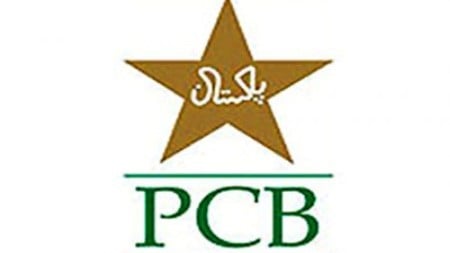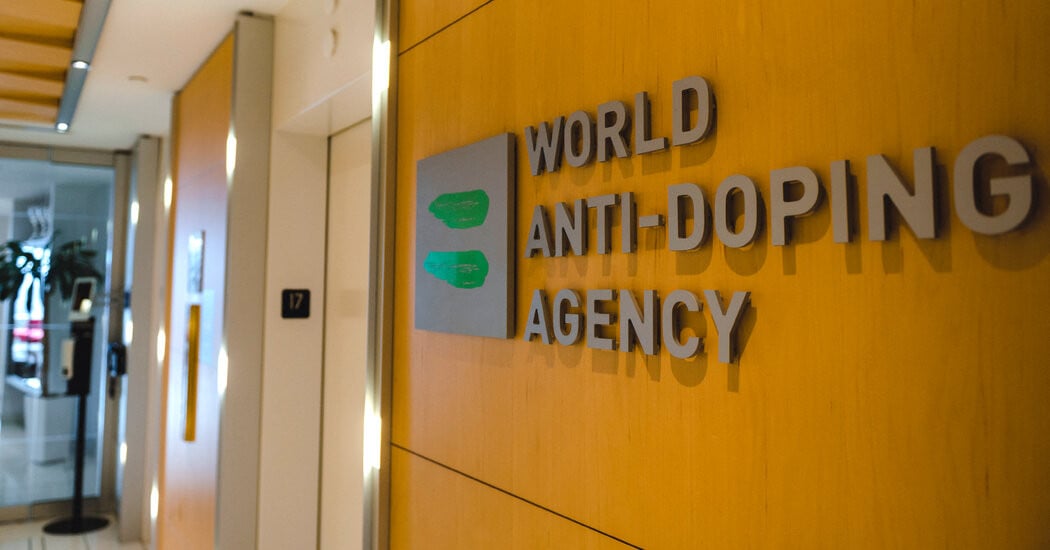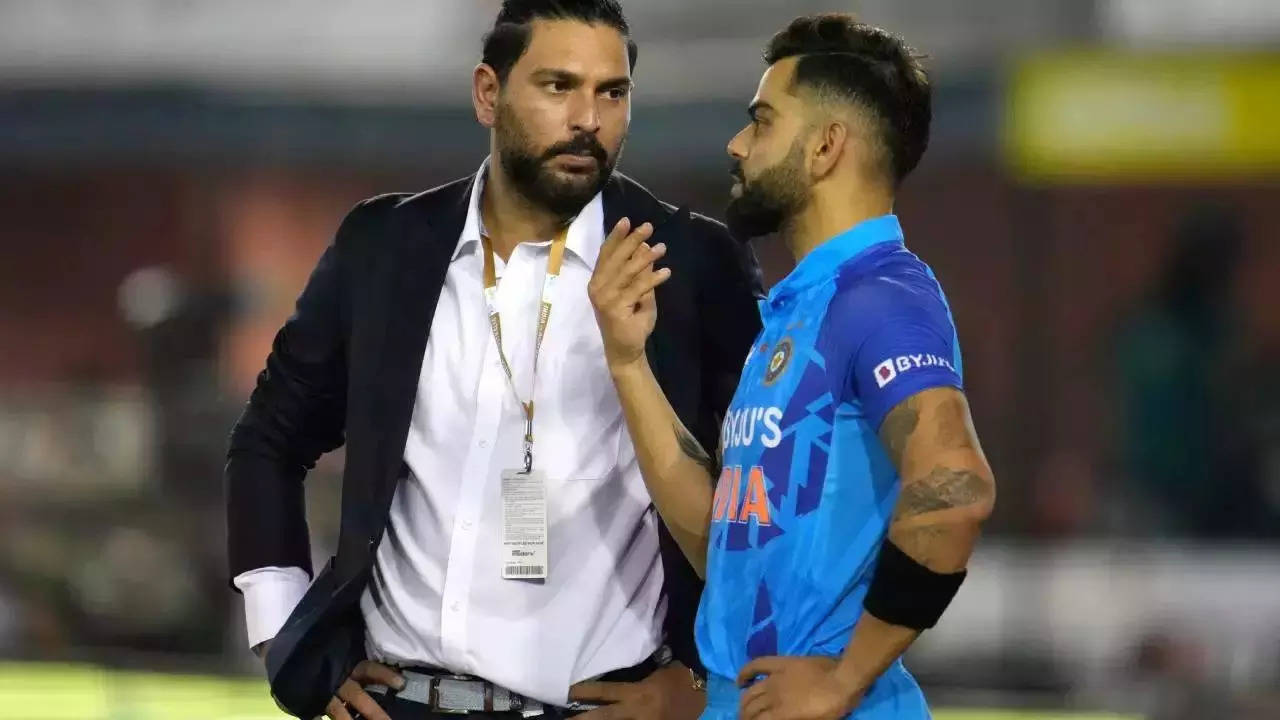Rinku Singh's sorry not enough to repair damage of 2023; ‘We can’t pay for it': Smashed Media box glass not fixed yet

More than a year after Rinku Singh's powerful six left cracks damaged the press box of St George's Park in Gqeberha, it is yet to be repaired. Rinku, in a T20I between India and South Africa, had tucked into Aiden Markram, depositing him straight over the back of his head. The might of the six was so brutal that it left a huge crack in one of the glass panels just adjacent to the Graeme Pollock pavilion. However, even after 13 months, the panel remains untouched because of the stadium's budget constraint. Rinku Singh smashed the glass panel of the media box of St George's Park in Gqeberha with a six.St George's Park isn't the biggest venue among all South African cricket-playing venues. Besides, the press box, ideally located at a higher altitude, often avoids such kind of damage. And with the third edition of the SA20 kicking off in the country, the panel is anything but safe. In fact, a six from MI Cape Town batter Dewald Brewis nearly connected on the spot next to Rinku's six. But while fixing it is certainly in the pipeline, the stadium had to undergo bigger and more crucial repairs recently."Firstly, look at the height. It's too much and not that easily possible to get fixed because it would require a crane and all sorts of heavy machinery. You can't bring all that stuff into the field when you have games like these. We've had windows broken here at the bottom from time to time. That we fix in a jiffy. So there is always a priority set. And with the budget shortage, we have to work with what we've got. We had the roof fixed. If you see that roof, we've got it covered. That is a new roof. I can show you projects that have been successfully completed," venue official Terrence, who looks after the stadium's maintenance work, told Hindustan Times after MI Cape Town beat two-time defending champion Sunrisers Eastern Cape on Thursday.“We suffered storms in August, so the entire roof of a stand blew away. And then we made a claim to the insurer, who said it's wear-and-tear. We can't really pay for that. And we had to pay around 400,000R. It was quite a big portion. Other parts had corrosion, and so on; those needed repairing and some replacements. It cost a lot of money. So, in that context, I am saying it's not really a priority. Because it doesn't pose a danger to anybody. Then again, it doesn't mean that it's not on our list to get it fixed.”Moments after Rinku's six caused unexpected damage, former South African pacer Dale Steyn, who was on commentary, captured the gravity of the situation with a touch of humour. "Someone in the eastern bay of Gqeberha won't be too happy with Rinku Singh breaking one of their windows," he remarked. While Rinku himself apologised for the problem, the reality of fixing the damage is far more complicated than it seems.Terrance clarifies a common misconception about glass panels installed in stadiums, emphasising that they are made of safety glass, and not the bulletproof ones. Unlike regular glass that shatters completely upon impact, safety glass is designed to crack internally when subjected to heavy force. This design prevents shards from scattering and causing injuries, ensuring greater safety for spectators. For example, if a ball strikes a sliding door at the base of the panel, the glass will not collapse entirely but will maintain its structure to avoid harm.Safety glass bears significant costHowever, the use of safety glass comes with significant costs. It is not only more expensive than standard glass but also challenging to replace due to the logistical complexities. Employing cranes and skilled labour to install new panels demands considerable time, effort, and financial resources. As part of the stadium's ongoing maintenance plan, balancing these costs within the budget becomes a critical task.Beyond glass maintenance, other structural components of the stadium, such as roofs and scoreboards, present their own challenges. For instance, the roof on the west-end of the stadium has been a persistent issue, further complicated by regulatory requirements. Scoreboards and other structures are composed of diverse materials, necessitating input from engineers to ensure proper repairs and timely installation. These endeavours, while essential for the stadium’s functionality and safety, are costly and often strain the budget, requiring meticulous planning and prioritisation."To some people, they have an eye for maintenance. I usually say to my people and colleagues. This stadium doesn't belong to us. I am just passing through here. I will be here for a couple of years tops, and then I will be gone. This stadium belongs to the municipality. And we are the custodians. When the members of the public walk in here, they look at the stadium and probably think, 'Are these people looking after our assets?" And I say to them, 'I want to be remembered that I'd done a good job," Terrance said."When I came here in 2017, this place looked terrible. We had this massive upgrade, and because we are so close to the sea, it becomes corroded. And if you don't paint or grind, the rust settles in. I have two maintenance guys here. We don't have too many contractors because of our budget."













